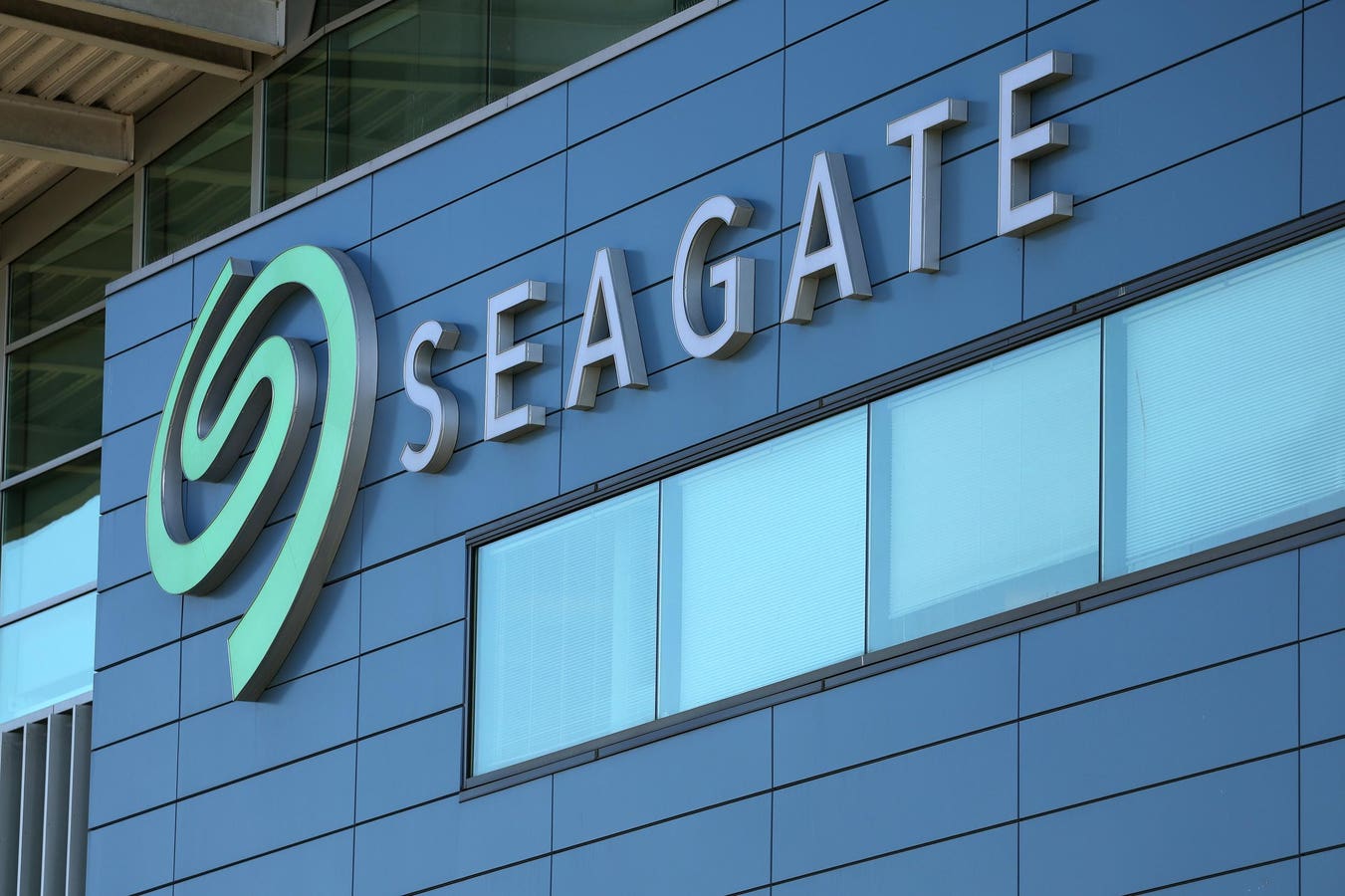Seagate (NASDAQ: STX) reported its Q1’24 results last month (the fiscal ends in June), with revenues and earnings missing the street estimates, and we believe that STX
STX
STX stock has witnessed gains of 15% from levels of $60 in early January 2021 to around $70 now, vs. a similar change for the S&P 500 over this roughly 3-year period. However, the increase in STX stock has been far from consistent. Returns for the stock were 82% in 2021, -53% in 2022, and 35% in 2023. In comparison, returns for the S&P 500 have been 27% in 2021, -19% in 2022, and 14% in 2023 – indicating that STX underperformed the S&P in 2022.
In fact, consistently beating the S&P 500 – in good times and bad – has been difficult over recent years for individual stocks; for heavyweights in the Information Technology sector, including AAPL, MSFT, and NVDA, and even for the megacap stars GOOG, TSLA, and AMZN.
In contrast, the Trefis High Quality Portfolio, with a collection of 30 stocks, has outperformed the S&P 500 each year over the same period. Why is that? As a group, HQ Portfolio stocks provided better returns with less risk versus the benchmark index, less of a roller-coaster ride, as evident in HQ Portfolio performance metrics.
Given the current uncertain macroeconomic environment with high oil prices and elevated interest rates, could STX face a similar situation as it did in 2022 and underperform the S&P over the next 12 months – or will it see a strong jump? From a valuation perspective, STX stock looks fully priced. We estimate Seagate’s Valuation to be $63 per share, reflecting a 10% downside from its current levels of $71. STX stock is currently trading at 1.8x revenues compared to its last five-year average of 1.2x. The P/S multiple is higher, partly due to a significant decline in sales.
For perspective, Seagate’s fiscal 2023 sales were down 37% owing to lower volume and price erosion amid a significant drop in storage demand. Even for fiscal 2024, we expect sales to decline in mid-single-digits. The demand outlook for PCs remains weak, with 2023 PC shipments expected to fall 14% and tablet shipments to fall 20% before seeing a low to mid-single-digit expected recovery in 2024. [1] This doesn’t bode well for storage companies at large. Seagate’s revenue of $1.45 billion in Q1 was down 29% y-o-y, primarily due to lower sales amid weak macroeconomic conditions.
Seagate’s adjusted net loss of $46 million in Q1’24 reflected a significant fall from its $101 million profit figure in the prior year quarter. This can primarily be attributed to higher costs due to factory underutilization and order cancellations. The adjusted loss of $0.22 per share was significantly lower than the profit per share of $0.48 in the prior-year quarter.
Although there are signs of PC demand improving and IDP forecasting mid-single-digit growth in 2024, a possible recession could hamper the demand outlook for enterprise and consumer spending. We believe that investors will likely be better off picking other stocks in the Information Technology sector, including LOGI and HPE. Our Better Bet Than STX Stock has more details.
While STX stock appears fully valued, it is helpful to see how Seagate’s Peers fare on metrics that matter. You will find other valuable comparisons for companies across industries at Peer Comparisons.
Invest with Trefis Market Beating Portfolios
See all Trefis Price Estimates
Read the full article here













Leave a Reply